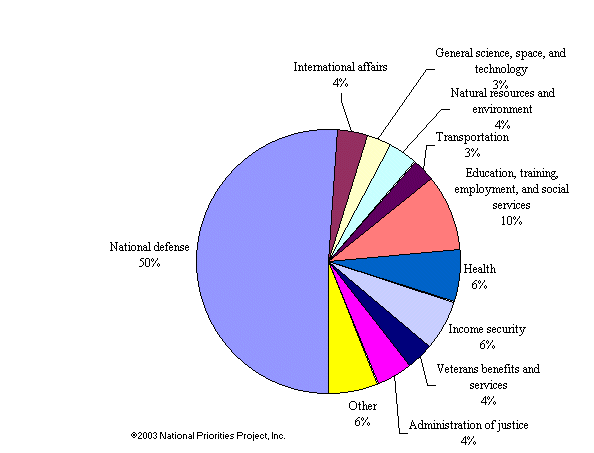 Government anti-poverty programs that have grown to meet the needs of recession victims now serve a record one in six Americans and are continuing to expand. More than 50 million Americans are on Medicaid, the federal-state program aimed principally at the poor, a survey of state data by USA today shows
Government anti-poverty programs that have grown to meet the needs of recession victims now serve a record one in six Americans and are continuing to expand. More than 50 million Americans are on Medicaid, the federal-state program aimed principally at the poor, a survey of state data by USA today showsThe program has grown even before the new health care law adds about 16 million people, beginning in 2014. That has strained doctors. "Private physicians are already indicating that they're at their limit," says Dan Hawkins of the National Association of Community Health Centers.
More than 40 million people get food stamps, an increase of nearly 50% during the economic downturn, according to government data through May. The program has grown steadily for three years.
Read more at USA today















![[Wind+Turbine+Failure.jpg]](https://blogger.googleusercontent.com/img/b/R29vZ2xl/AVvXsEiCnABcBF0EShpy9IsHbmbvqM91r-Qy7ZND_eE585R5X7rzEanyakei5qm8kEIQSuWo2738qGiw6JlFhCSI5bz2aa1iWJ75ueqTeryjK3TdTPtkyHoQUYnRBaOdXBzgfxTYukhBQw/s1600/Wind+Turbine+Failure.jpg) He recently read an item in his local paper about a school district that contemplated investing over a quarter million dollars in roof-top wind turbines.
He recently read an item in his local paper about a school district that contemplated investing over a quarter million dollars in roof-top wind turbines.








